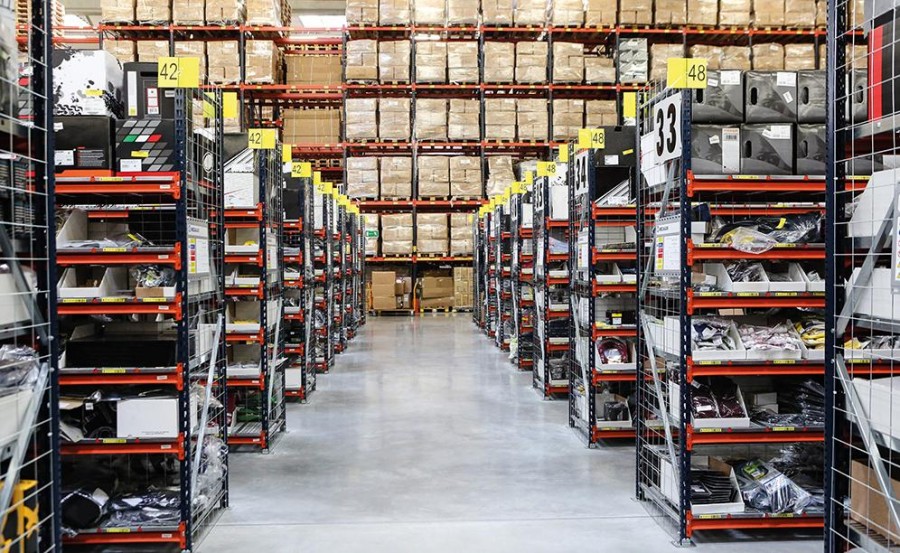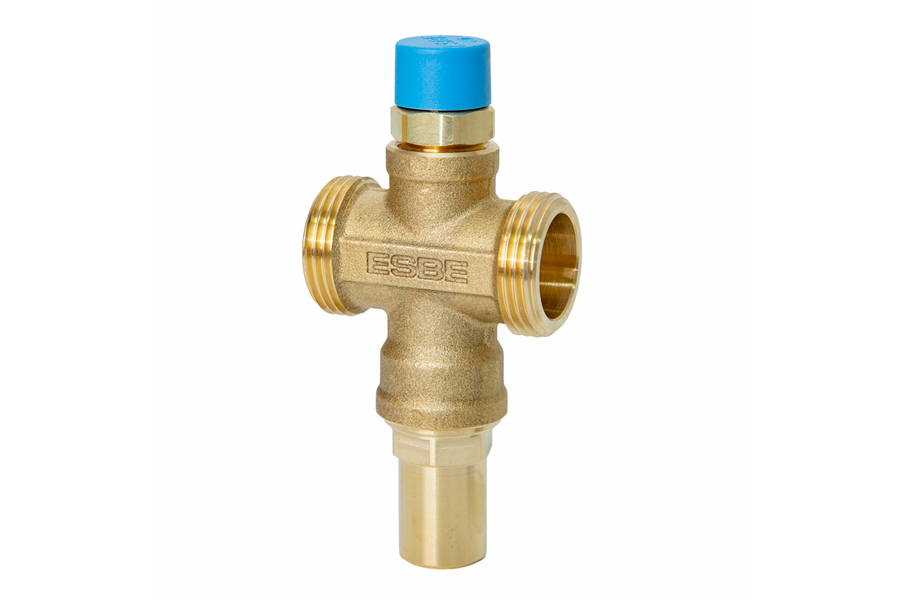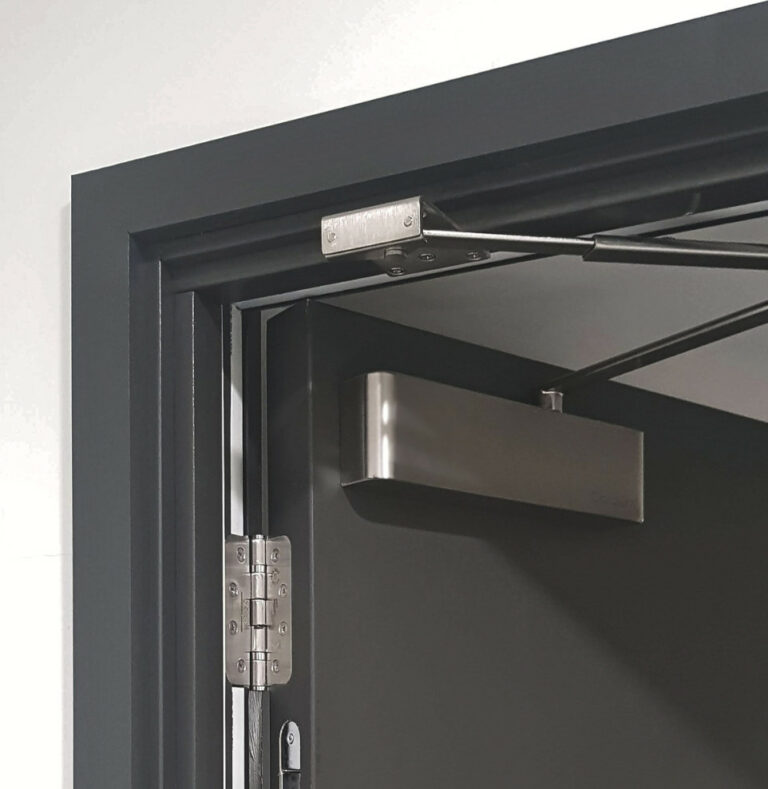Conditions in the UK manufacturing sector remained challenging during February, as the ongoing crisis in the Red Sea caused disruptions to both production and vendor delivery schedules.
In several cases manufacturers mentioned that these disruptions were driving up costs as they attempted to locate alternative suppliers from more expensive markets closer to home. Demand also remained weak, with new order intakes falling at the fastest rate since last October.
The seasonally adjusted S&P Global UK Manufacturing Purchasing Managers’ Index (PMI) posted 47.5 in March, up from 47.0 in February and above the earlier flash estimate of 47.1. Although the PMI has signalled contractions in each of the past 19 months, the latest reading was the best since April 2023.

The contractions registered for four out of the five PMI subcomponents (new orders, output, employment and stocks of purchases) were all consistent with a deterioration in overall operating conditions during February.
The only sub-index to have a positive effect on the PMI level was suppliers' delivery times, which lengthened to the greatest extent since July 2022. That said, as the increase in lead times was driven by supply disruptions as opposed to rising input demand, the trend in that index is more a symptom of the challenging situation than a positive in itself.
Manufacturing production fell for the twelfth consecutive month in February, with contractions registered in the consumer and intermediate goods sub-industries. That said, the overall rate of decline eased to a three-month low. Companies reported weaker demand from both domestic and overseas clients, lower sales volumes, market negativity and disruption to production schedules due to the Red Sea crisis.
The total volume of new business placed with manufacturers decreased for the eleventh month in a row during February. There were reports of client destocking, subdued market confidence and financial pressures all leading to lower new work intakes from both UK and overseas based customers. New export business fell for the twenty-fifth consecutive month and at the quickest pace since October 2023. Export demand was also impacted by disruptions, delays and higher costs associated with re-routing shipping away from the Red Sea and Suez Canal.
Weak demand contributed to the depletion of work-in-hand (but not yet completed) at UK factories. Manufacturers reported that work on existing contracts had been used as a substitute for new orders to support production volumes. Efforts were also ongoing to trim excess capacity, with staffing levels reduced for the seventeenth successive month.
Lower employment reflected restructuring, redundancies and cost management programmes. Average vendor lead times lengthened to the greatest extent in over one-and-a-half years (since July 2022).
By far the biggest impact on supplier performance was the effects of the Red Sea crisis. This also contributed to a further increase in average purchase prices, which rose for the second month in a row. There were also reports of supplier price rises and higher transportation costs. Part of the increase in costs was passed on to clients, as average output charges rose for the fourth month running.
Cost considerations and stock normalisation programmes led to leaner inventories of both finished products and inputs and also lower levels of purchasing activity during February. All three variables were lowered across each of the sub-sectors (consumer, intermediate and investment goods) covered by the survey.
Rob Dobson, Director at S&P Global Market Intelligence, said: “UK manufacturers faced challenging circumstances in February, as the ongoing impact of the Red Sea crisis delayed raw material deliveries, inflated purchase prices and impacted production capabilities. There were also knock-on effects for demand, as new export orders were hit by both supply disruptions and higher shipping costs. Production volumes subsequently contracted for the twelfth successive month while total new orders fell at the sharpest rate since October.
“The impacts were felt particularly hard on the price and supply fronts. Input cost inflation hit an 11-month high, leading to a further increase in selling prices. Average supplier lead times meanwhile lengthened to the greatest extent since mid-2022. Several manufacturers noted that they faced the difficult choice between accepting delays from re-routed shipping or facing the prospect of paying higher prices to source from closer to home. This comes at a time of already heightened cost caution at manufacturers in response to weak demand, as highlighted by further cuts to employment, purchasing and inventories in February.
“Although the supply impact and effect of prices is muted by standards seen at the height of the pandemic, any upward pressure on inflation will be a concern to policymakers and may add to calls that it is too early to be confident on the timing of interest rate cuts.”




















